1. Open-Concept Regret Is Real
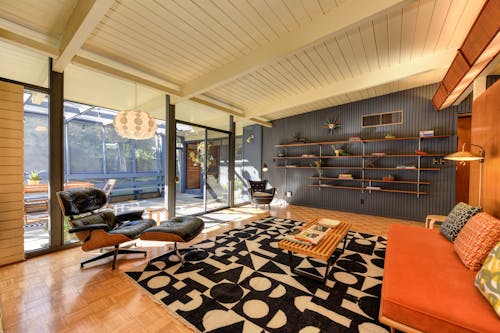
Open-concept layouts were the gold standard for years, especially in modern living rooms. But as more people have worked from home or hosted family long-term, the lack of walls has become a real headache. Noise travels, privacy vanishes, and multi-use spaces get chaotic fast. Homeowners are now reevaluating whether all that openness is worth the trade-offs.
Instead of tearing down more walls, many are putting them back up—or creating partial separations. Living rooms are being redesigned with dividers, bookshelves, or even curtains to bring back structure. What used to feel airy now feels exposed, and people are craving defined zones again. The pendulum is swinging back toward thoughtful boundaries.
2. The “Showroom Look” Doesn’t Fit Real Life
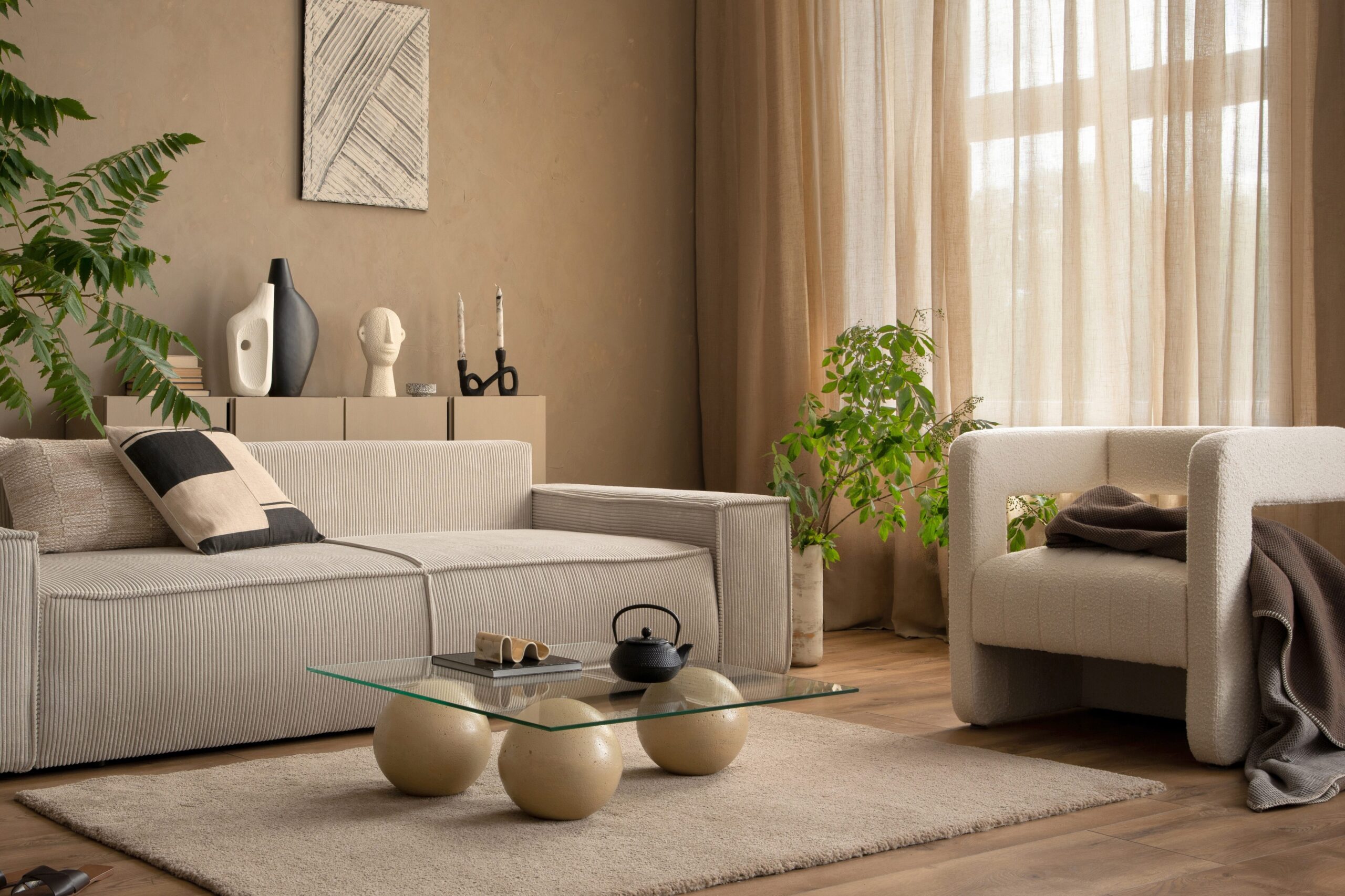
For years, living rooms have been styled like magazine spreads—immaculate, symmetrical, and barely lived-in. But homeowners are realizing that these pristine setups don’t actually support their day-to-day lives. From stiff couches no one wants to sit on to glass tables that show every smudge, perfection just isn’t practical. People are choosing comfort over aesthetics, and that means undoing the showroom vibe.
Even minimalists are starting to push back against the idea that sparse equals serene. When you can’t even find a blanket without opening a storage ottoman, it becomes more work than it’s worth. Now, spaces are being reclaimed with cozy throws, mismatched furniture, and—gasp—visible electronics. It’s a shift from impressing guests to embracing lived-in comfort.
3. Oversized Furniture Is Losing Favor

That giant sectional might’ve looked amazing in the catalog, but in reality, it dominates the space. Homeowners are realizing that big furniture often shrinks their rooms instead of making them more inviting. Maneuvering around chunky pieces can be a pain, especially in smaller or older homes where square footage matters. More people are downsizing to right-sized pieces that actually work for their layout.
There’s a growing preference for modular and movable furniture that can adapt to different needs. Instead of one mega-couch, they’re choosing smaller loveseats, poufs, and armchairs. It creates better flow and makes cleaning much easier too. Flexibility is now the priority over sheer volume.
4. Hidden Tech Is a Hassle
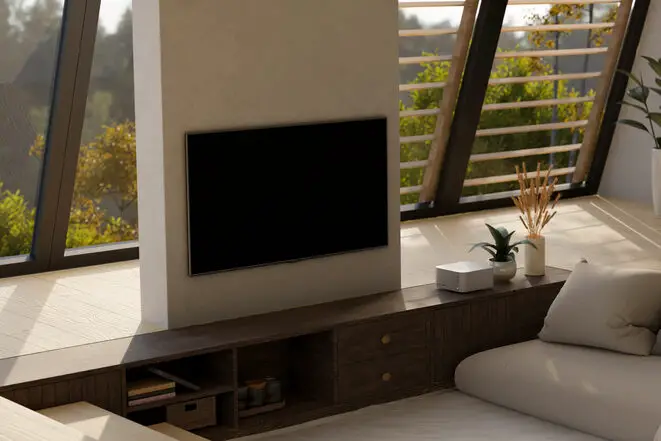
At one point, hiding every wire and stashing your TV in a cabinet was a marker of sophistication. But now, homeowners are asking—why the effort? With wall-mounted screens, wireless speakers, and smart home devices, trying to keep everything out of sight has become unrealistic. The tech is out in the open, and people are starting to be okay with that.
In fact, today’s devices are often designed to be seen—sleek, minimal, and decor-friendly. Instead of working against them, homeowners are incorporating tech into their room design. Soundbars and media consoles are now part of the aesthetic, not something to be concealed. It’s one less thing to stress about in the name of perfection.
5. Maximalism Is Making a Comeback

After a decade of white walls and gray sofas, many homeowners are itching for personality again. Maximalism—layered patterns, bold colors, and eclectic collections—is gaining traction. The “perfect” living room of the past was often a blank canvas, but now people want their spaces to tell a story. It’s a rebellion against sterile uniformity.
Books, vintage finds, travel mementos—these items are no longer being edited out, but showcased. Gallery walls are replacing single framed prints, and statement rugs are back in rotation. The idea is to fill your space with what you love, not what’s trendy. That shift has homeowners rethinking their whole approach to living room style.
6. Sustainability Is Changing Design Priorities
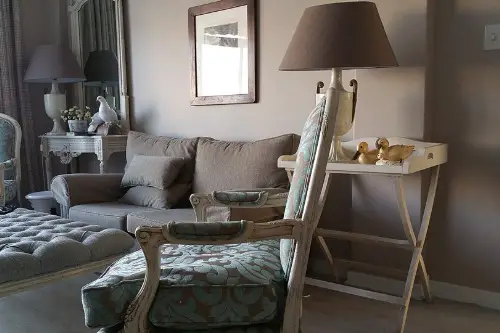
More homeowners are becoming conscious of how their décor choices impact the planet. Fast furniture, synthetic fabrics, and chemically treated finishes are being questioned. Instead of chasing the latest trend, people are buying used, repurposing, or investing in longer-lasting, sustainable options. The “perfect” living room full of new everything suddenly feels wasteful.
This shift often requires dismantling past setups—selling off that giant media center or ditching cheap mass-market decor. Thrifted wood tables, natural textiles, and handmade items are in. Homeowners want pieces with character and a smaller environmental footprint. Perfection is being redefined as intentional, not immaculate.
7. Entertaining Looks Different Now
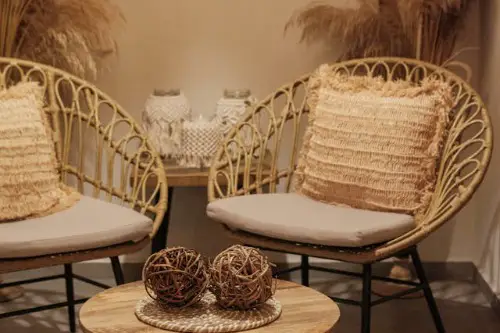
Pre-pandemic, many “perfect” living rooms were designed to host guests—cocktail parties, game nights, family visits. But entertaining today often happens more casually and in smaller groups, or not at all. Homeowners are realizing they don’t need formal layouts or conversation pits anymore. That realization is reshaping how spaces are furnished and used.
Instead of multiple seating areas, people are prioritizing a single comfy spot for their household. Bar carts and accent chairs are being swapped out for reading nooks or play zones. The emphasis is on utility for everyday life, not the occasional event. That means rethinking the design from guest-focused to family-first.
8. Mental Health Is Influencing Design

A “perfect” space that feels sterile or overly curated can actually increase stress. Studies have shown that environments filled with personal touches and comforting elements can help reduce anxiety. Homeowners are now embracing imperfection as part of their mental wellness routine. It’s about creating a sanctuary, not a showroom.
Natural light, soft materials, and even a little bit of mess can make a living room feel more human. Plants, cozy corners, and sensory-friendly textures are being prioritized. The goal is to create a space that supports your emotional well-being—not one that looks flawless on Instagram. That change in mindset is quietly transforming homes everywhere.
This post 8 Reasons Homeowners Are Quietly Dismantling Their “Perfect” Living Rooms was first published on Greenhouse Black.
